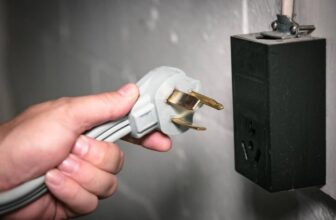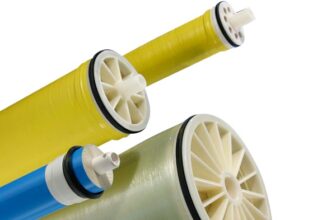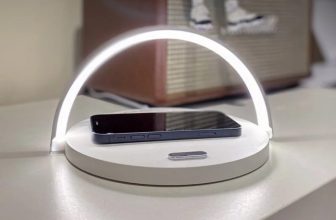
If you’re considering installing a dryer vent in a tight space, you may be wondering how to get started. The good news is that this task is not impossible. You just need to be careful to avoid damaging any parts while installing the vent. In some cases, you may have to modify parts of the vent to fit your space. It’s also important to have the right tools and materials.
Periscopic dryer vents
Periscope dryer vents are perfect for a tight space because they connect to the wall without the need for a hole or other type of cut-out. They come with templates for mounting on the wall, and the periscope is adjustable on its axis. You can also extend the vent by pulling it out. After installing the vent, it is time to connect the vent to the existing dryer vent exhaust system.
Install the periscope vent by fitting it over the exhaust port of the dryer. If the hole is too small, you can use a flex duct instead. Once you have attached the flex duct, you need to connect the periscope vent to the hose. This will involve using a hose clamp. The hose clamp fits around the duct connection like a belt, and you should tighten the nut on it. Once the duct has been attached, you should pull it up and down to meet the hose and then extend it to the outside vent.
You aluminum ducting
Installing a dryer vent in a small room is easy if you use Yiju aluminum ducting. This ducting comes with two adjustable steel bands that link the pipes to the space. The hose is ten feet long when fully extended. It is constructed with a black PVC cover to provide extra protection against wear and tear. Its steel coil inside makes it extra secure.
For dryer vent installation in a small space, the first thing you need to do is measure the distance between the wall and the vent. Measure the length of the ducting and the distance from the back wall. You should allow at least 2.5 inches for the vent to exit. If the dryer is placed too close to the wall, use an offset vent. The offset dryer vent is adjustable and can rotate 360 degrees for installation in tight spaces.
Rigid metal ducting
The most difficult part of a dryer vent installation is creating the necessary space to install the hose. The rigid metal ducting is ideal for this task because of its resistance to bends and its smooth interior. Rigid metal ducting is also heat resistant and can be used for installations up to 400 degrees Fahrenheit. However, it can be tricky to install in a tight space, so proper training and safety precautions should be followed.
The ducts are semi-rigid or rigid. They have braces on one end and directional arrows on the other. Periscope ducts are specifically designed for particular models of dryers. They are also UL listed, which means they are certified for total non-combustible and are fireproof. In addition, they are easy to clean, which means less maintenance.
Flexible dryer ducts
Using flexible dryer ducts in small spaces can make it possible to connect your dryer to an outlet in a wall. These ducts are designed to pass through a standard 16″ center stud construction and have up to six 4″ diameter knockouts in the most common positions. They can be installed in horizontal, vertical, and diagonal configurations. These ducts are usually longer than the dryer, so you should make sure to check the installation manual of your specific model to determine whether it will fit.
To install a flexible dryer duct in a small space, you must first unscrew the metal clamp holding it to the flanges. Using a flexible drill bit, you can easily reach even the tightest spots behind the dryer and can even get into places that are hard to reach. Afterward, you can reuse the metal clamps by stapling them. After the new duct is installed, you can tighten up the metal clamp again.
Moving the location of the dryer vent higher on the exterior wall
The ideal location for a dryer vent is the outside wall of the home. For better drainage, horizontal runs should be at least 1/4 inch higher than the ground. The distance between the vent and any openings should be at least three feet. The cost of relocating a dryer vent is approximately eighty to two hundred dollars. For more information, check out the manufacturer’s instructions.
To move the dryer vent higher on an exterior wall, first, check the clearance between the air outlet and the dryer. If the space is too tight to allow for a vent, you may end up with a crowded and dangerous space. However, modern dryers have sensors that automatically shut off the machine when they detect an unsafe air temperature. You also should check the clearance between the vent and the mechanical air outlet, because it will have to pass through the ventilation system of a building before it can operate.




